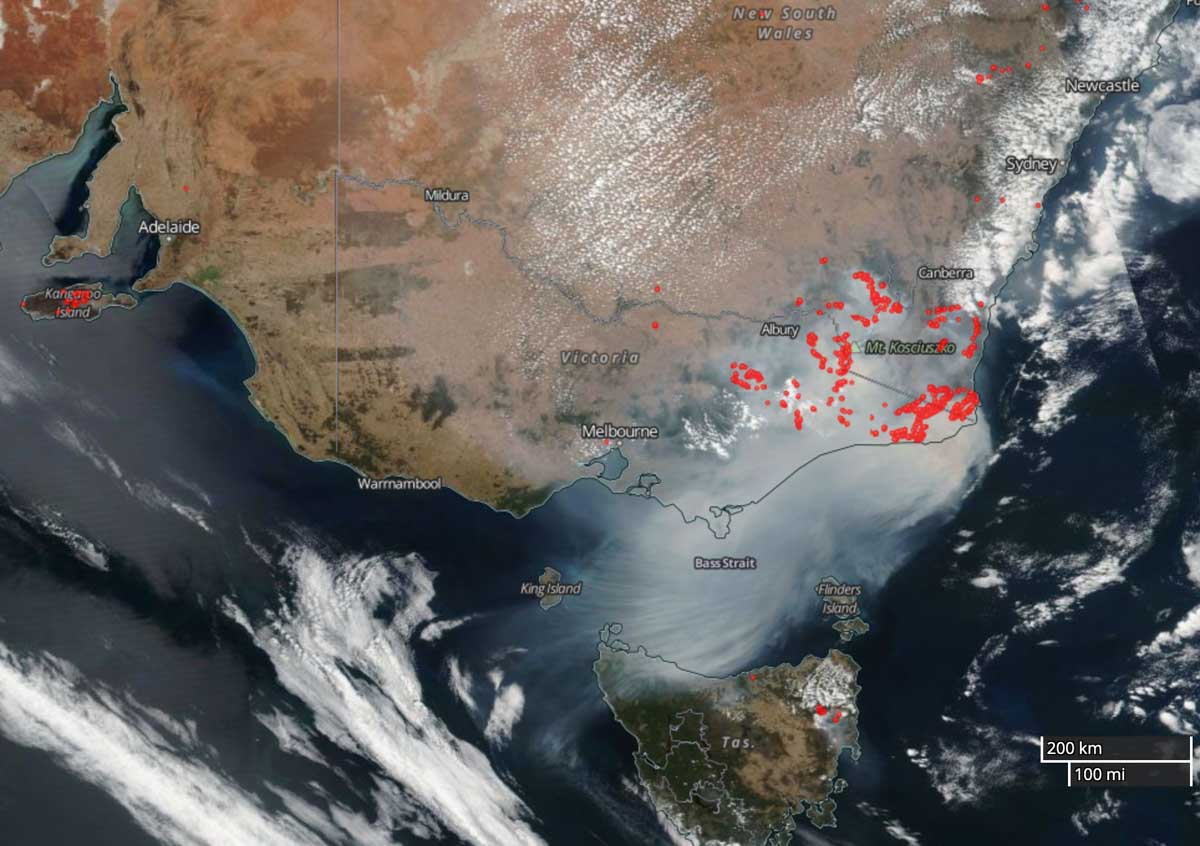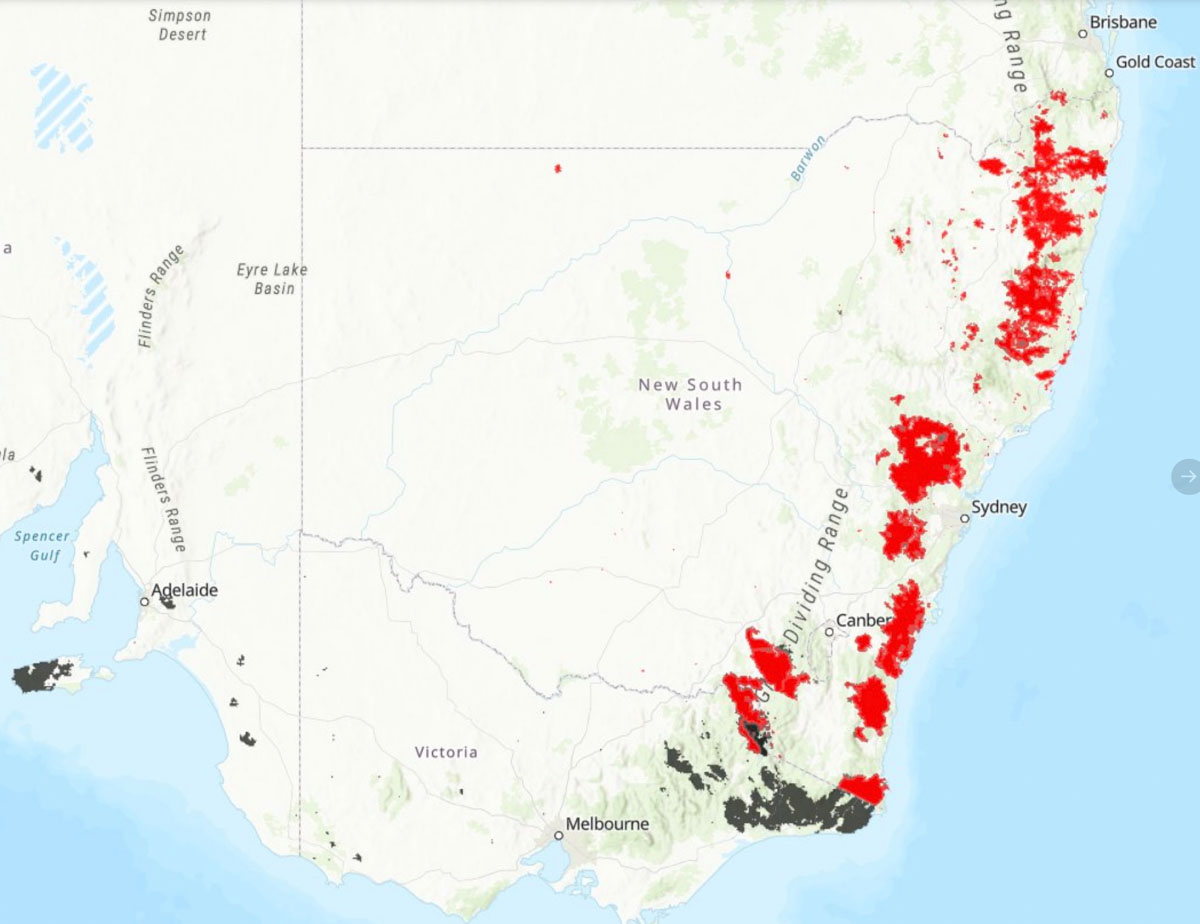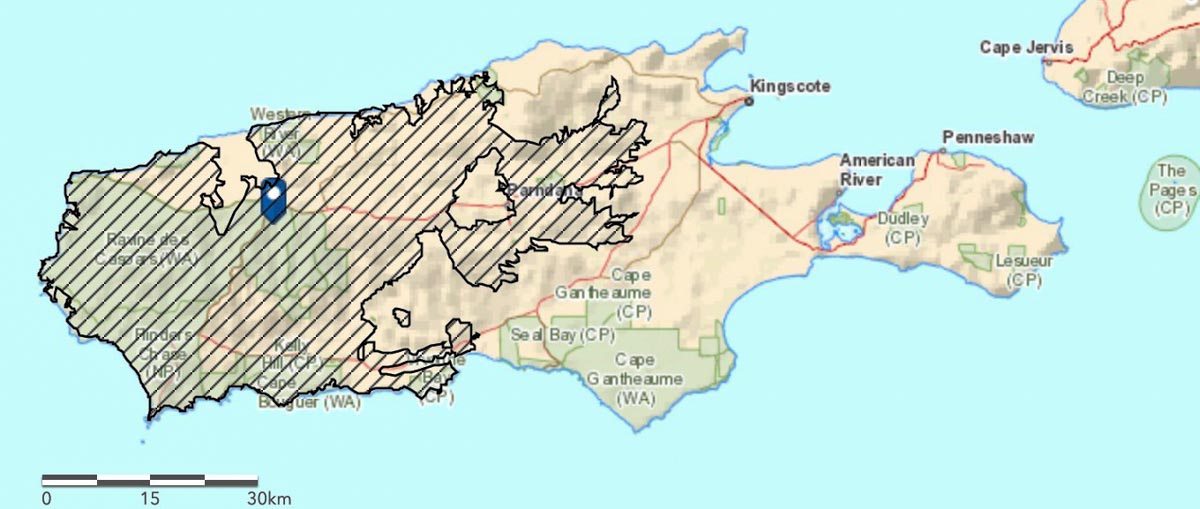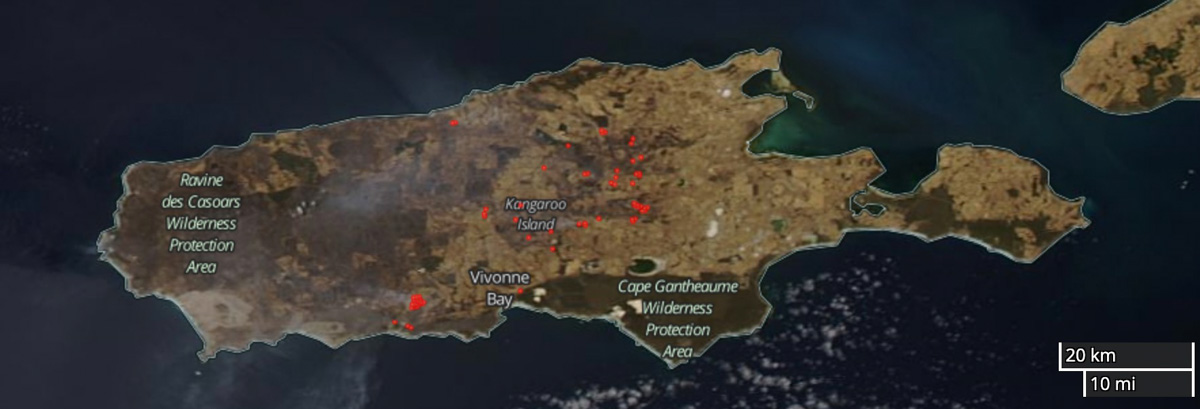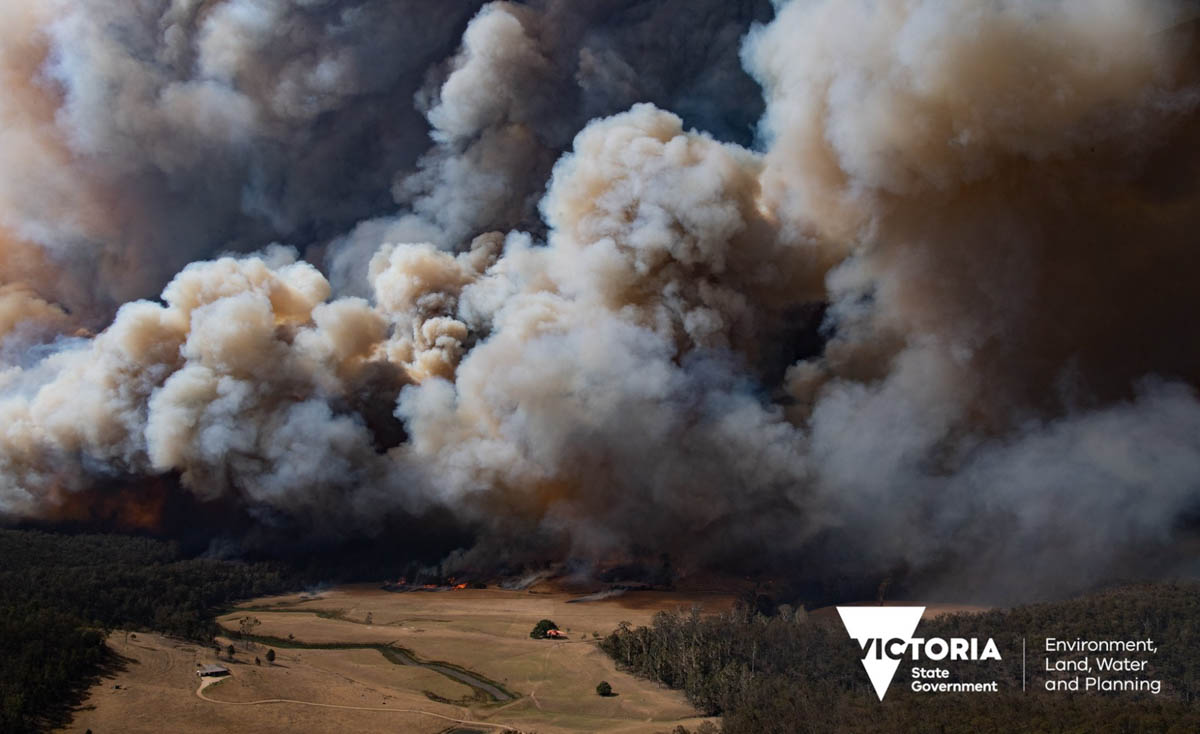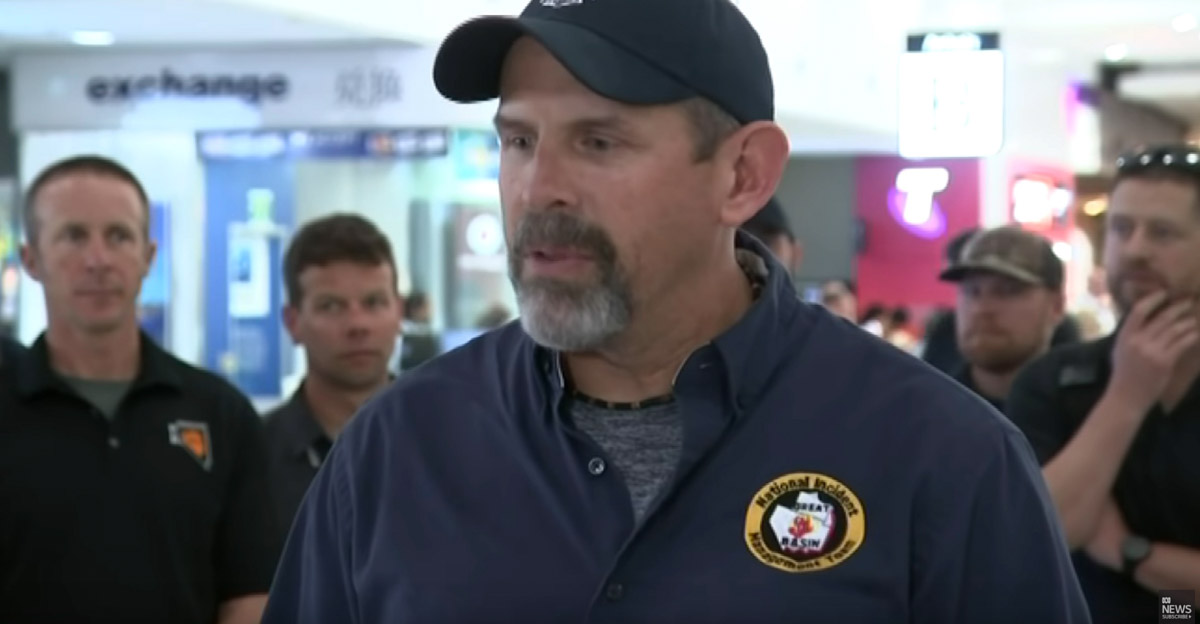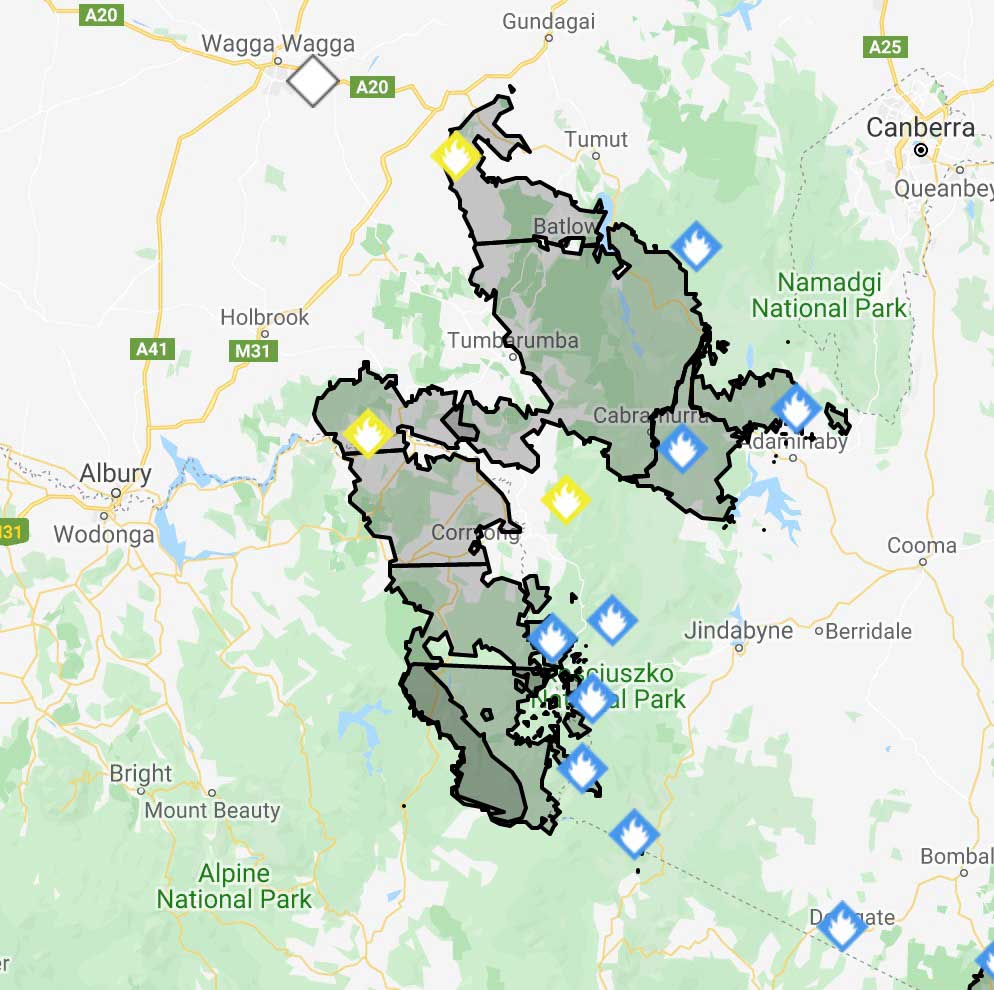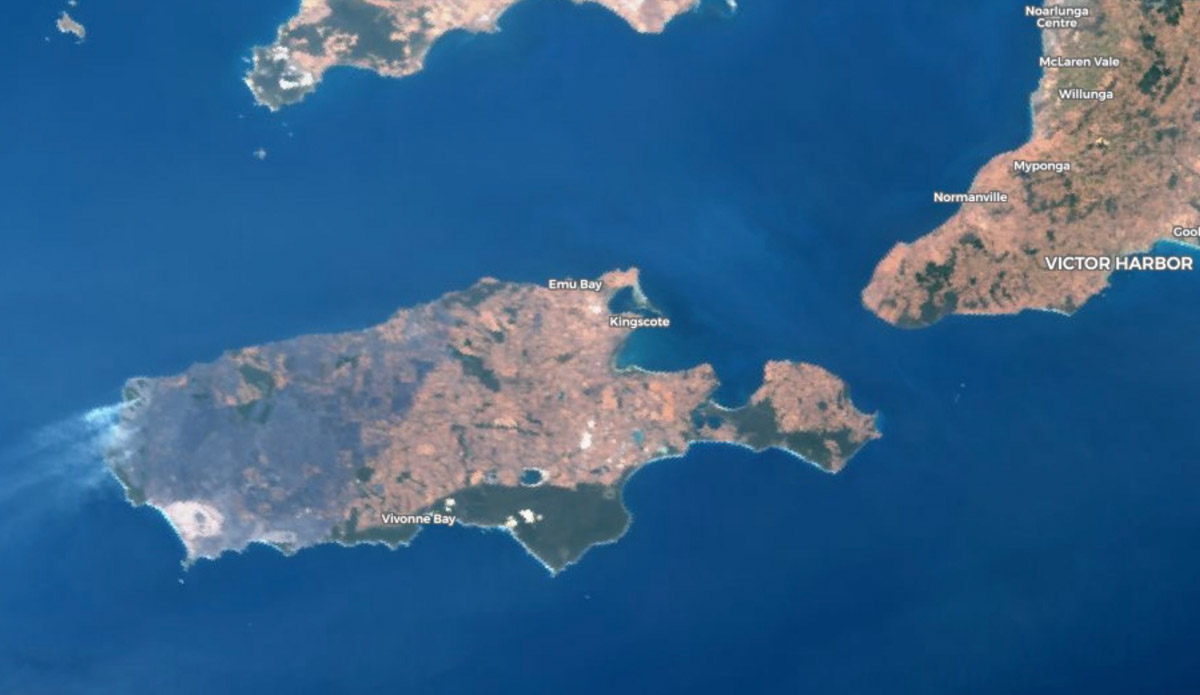
Many people would like to travel to Australia to help with the response and recovery from the historic bushfires, either as a paid employee or a volunteer.
The National Council for Fire & Emergency Services (formerly the Australasian Fire and Emergency Service Authorities Council or AFAC), is the primary organization responsible for representing fire, emergency services, and land management agencies in the Australasian region. It is still known as AFAC.
Below is a statement AFAC released January 11 that lays out their process for requesting and accepting assistance during the bushfire crisis.
AFAC maintains the National Resource Sharing Centre (NRSC), which facilitates international and interstate deployments through its established partnerships and national arrangements.
The NRSC is tasked by the Commissioners and Chief Officers of fire and emergency service agencies in Australia and New Zealand, and is supported the Australian Government through Emergency Management Australia and the Crisis Coordination Centre.
The NRSC coordinates interstate and international resources, responding to the needs of our members. Currently, we have international assistance from the Canada, the United States and New Zealand in Australia assisting our effort.
Australia continues to receive generous offers of support from around the world to assist during the ongoing bushfire crisis. Each request that is received is logged and in collaboration with the Crisis Coordination Centre, is assessed for its suitability to our Australian operating environment. Key considerations include:
– Is it fit for purpose?
– Does it meet our safety requirements?
– Can it easily align to our common incident management system?
– Does it meet the appropriate legal requirements?
– Does an agency want to receive it?
Unfortunately, not all requests are able to be accepted. Our number one priority is the primacy of life, for fire and emergency personnel and the community. We need to ensure that wherever possible, operations are carried out safely, supported by resources with the appropriate skills and equipment to meet the needs of the situation. Familiarity with Australian fire conditions is critical.
AFAC remains committed to supporting its members and will continue to work with our partners and the Australian Government to ensure that our fire and emergency services have the support that they need.
